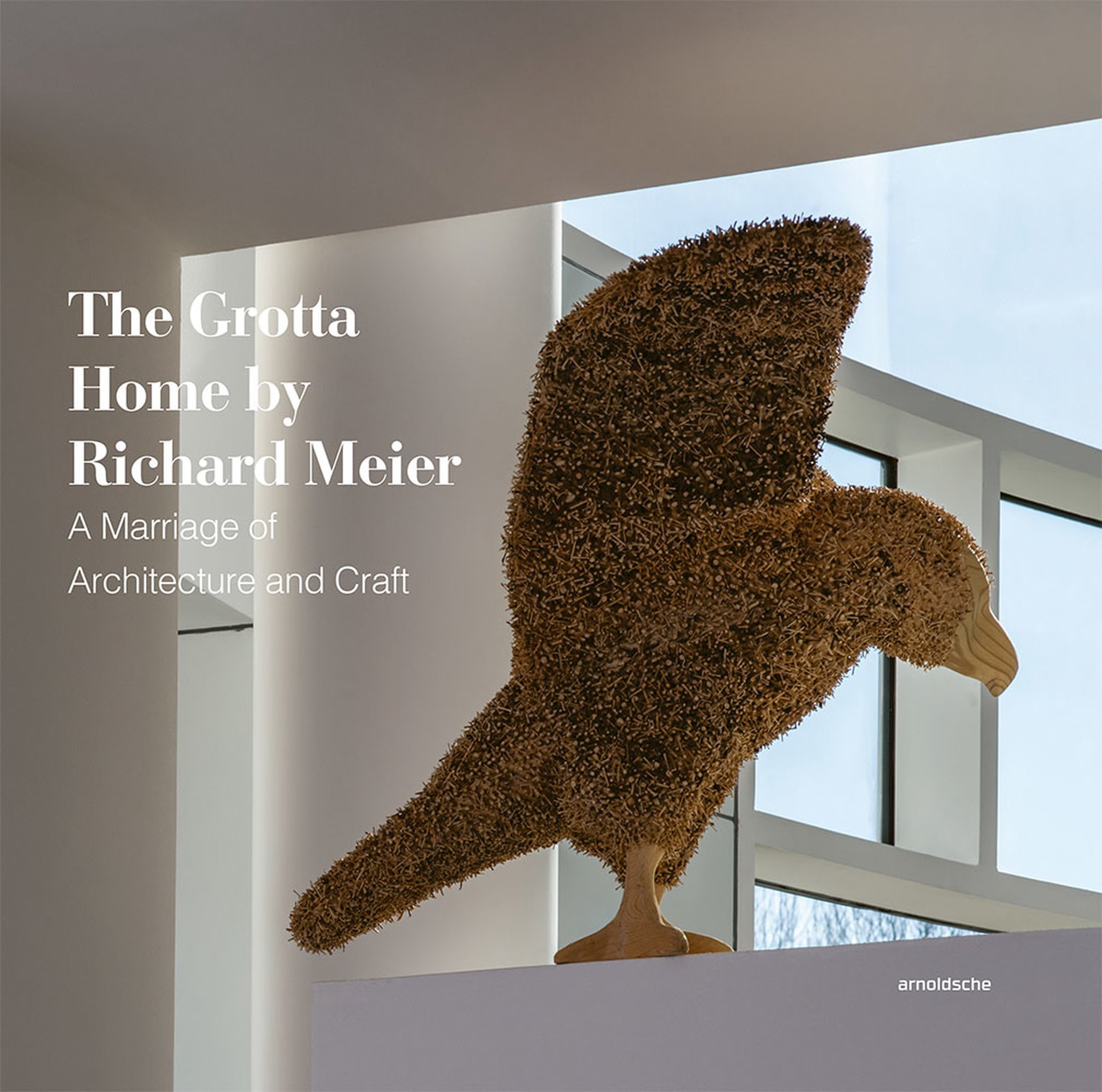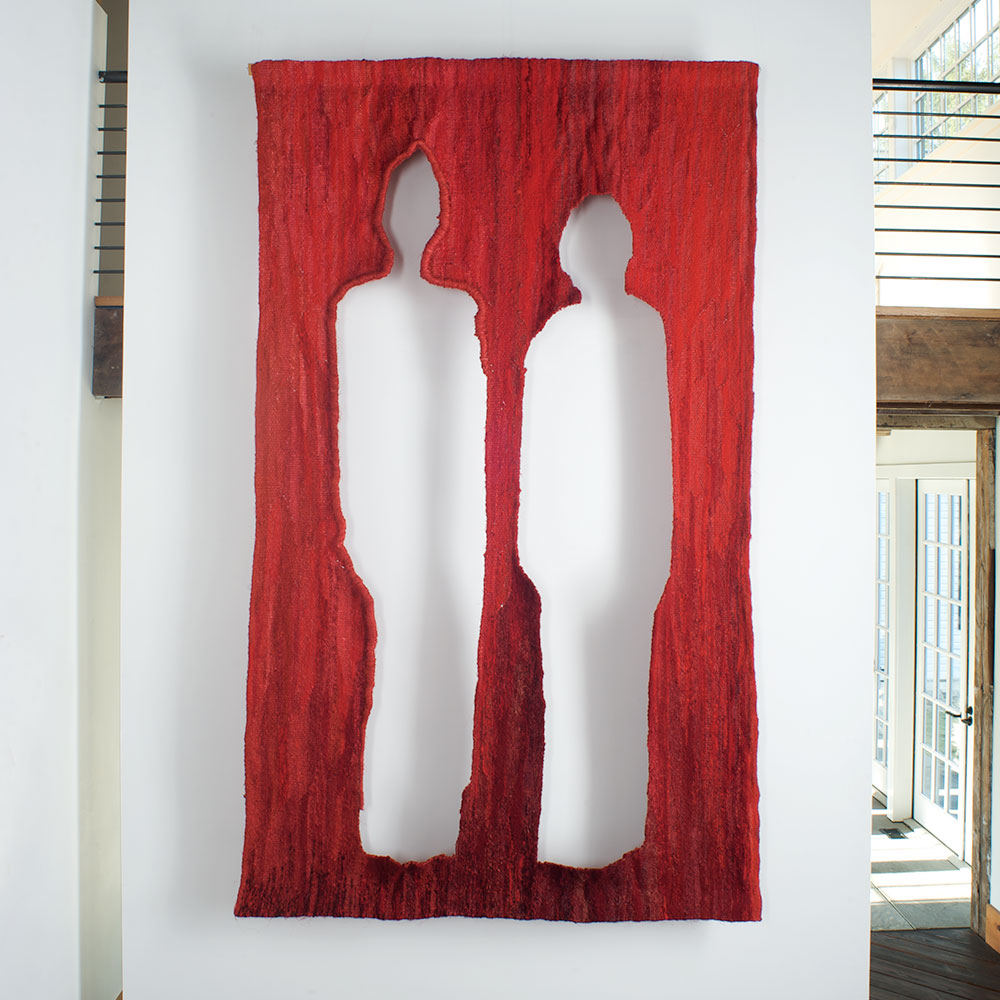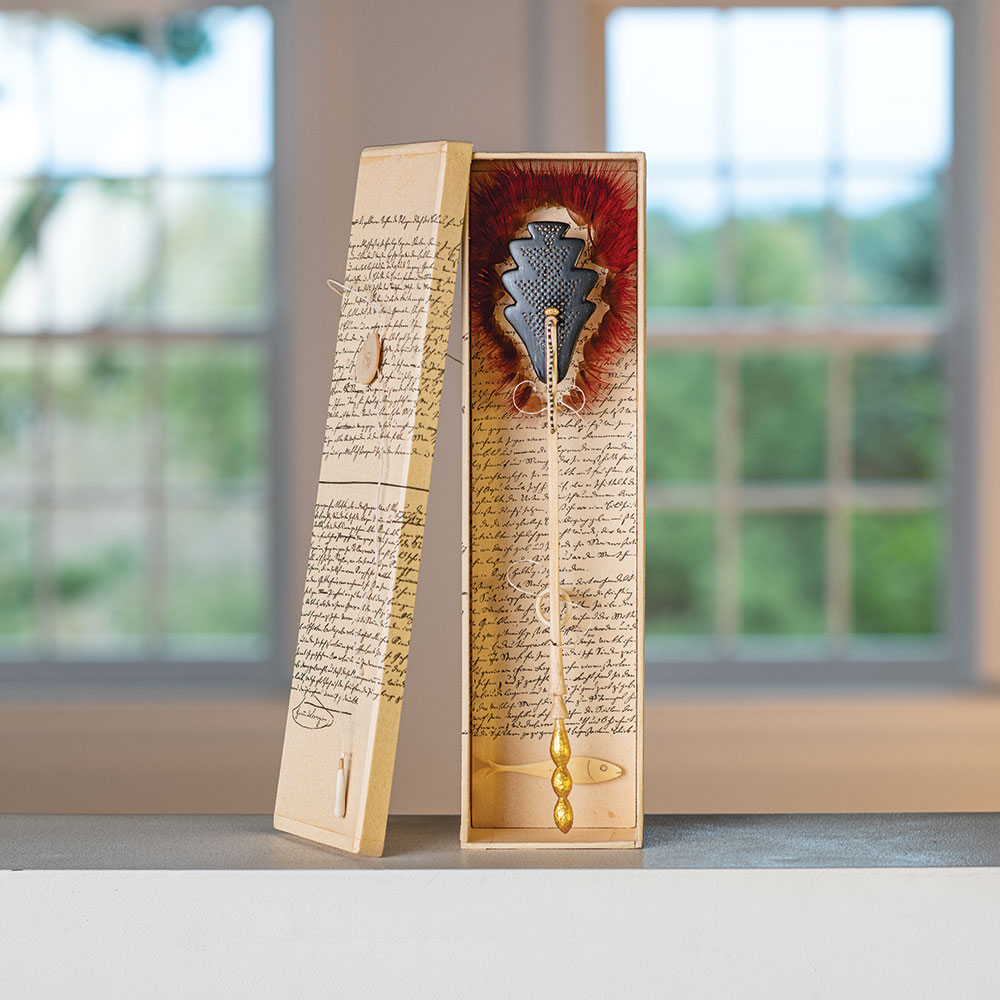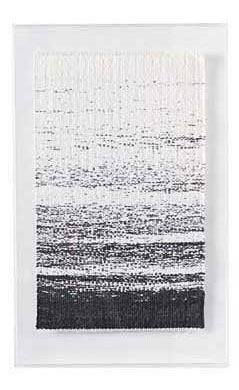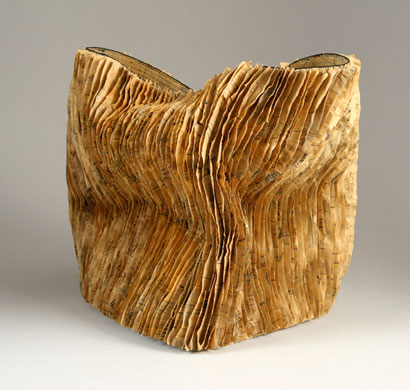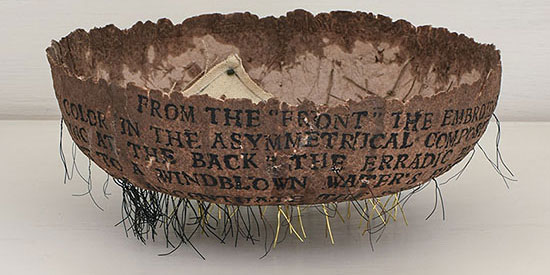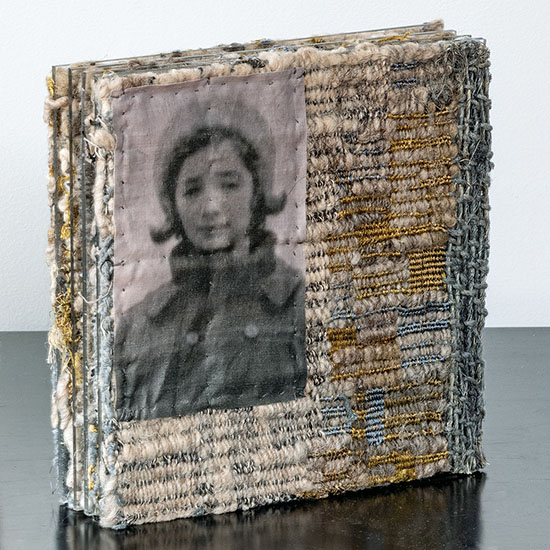We’re getting ready to welcome six artists and lots of art fans to our fall event: Artists from the Grotta Collection: an exhibition and book launch, which opens on Saturday (Artist Reception and Opening: 1 pm to 6 pm). Featured in the exhibition is the work of more than 44 artists, who are among the artists collected by Sandy and Lou Grotta over nearly 70 years. Here are some behind the scenes views of our preparations.

Here’s a shot of Tom installing a pair of Sara Brennan’s elegant tapestries.
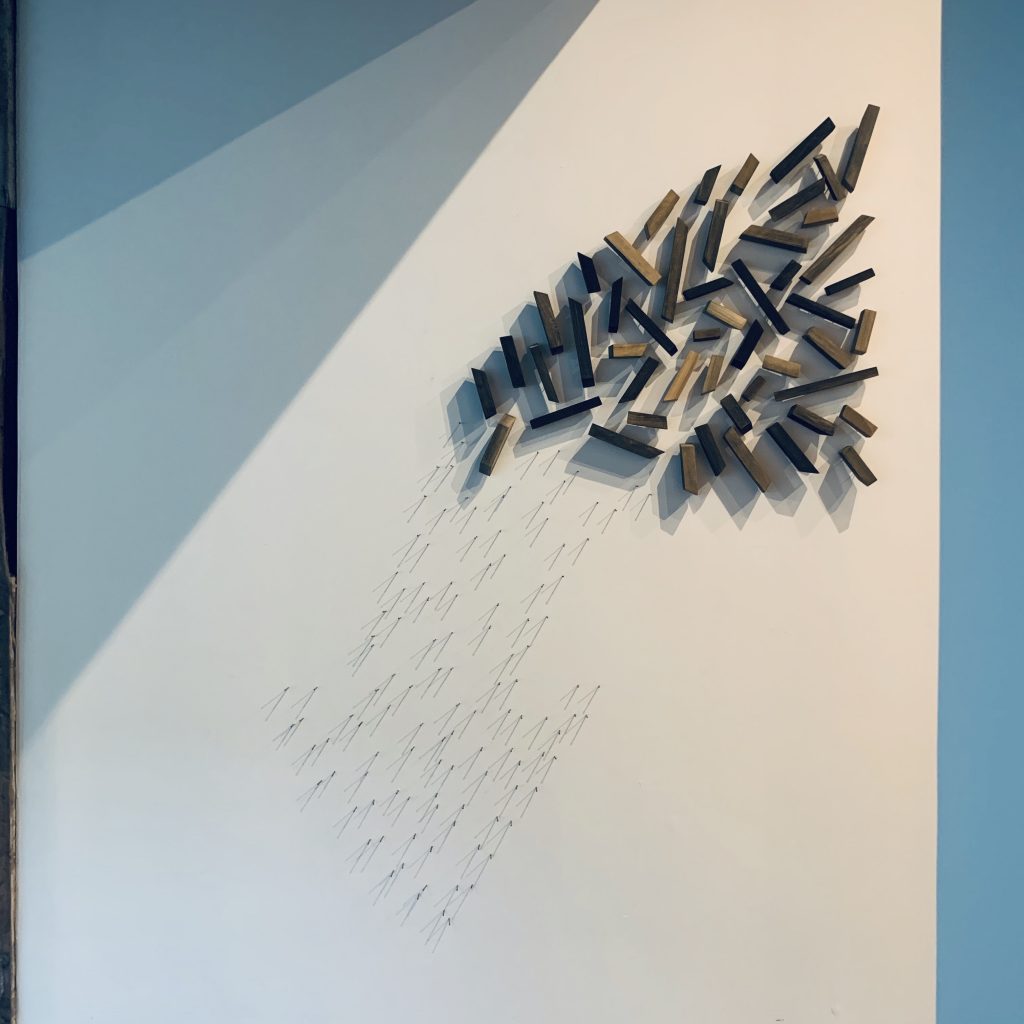
Over two-hundred nails are needed to install Gyøngy Laky’s True North.
The work that required the most ingenuity and effort to install was Helena Hernmarck’s substantial tapestry, 1884 New York Bay. This is just a glimpse of the varied work that will be included in the exhibitions, which includes ceramics, furniture, fiber sculpture and mixed media. Hope we’ll see you there.
The results of that unique creative collaboration are documented in the more-than 300 photographs that make up The Grotta Home, which will be celebrated in Artists from the Grotta Collection: exhibition and book launch runs from November 2nd to the 10th at browngrotta arts, 276 Ridgefield Road, Wilton, CT.
The Artists Reception and Opening is November 2nd, 1 pm to 6 pm, browngrotta arts, 276 Ridgefield Road, Wilton, CT 06897. The exhibition hours for November 3rd – 10th are 10 am to 5 pm. A book about the collection, The Grotta Home by Richard Meier: a Marriage of Architecture and Craft, will be available throughout the exhibition and Tom will be available to sign it. For more info: http://www.browngrotta.com/Pages/calendar.php.


